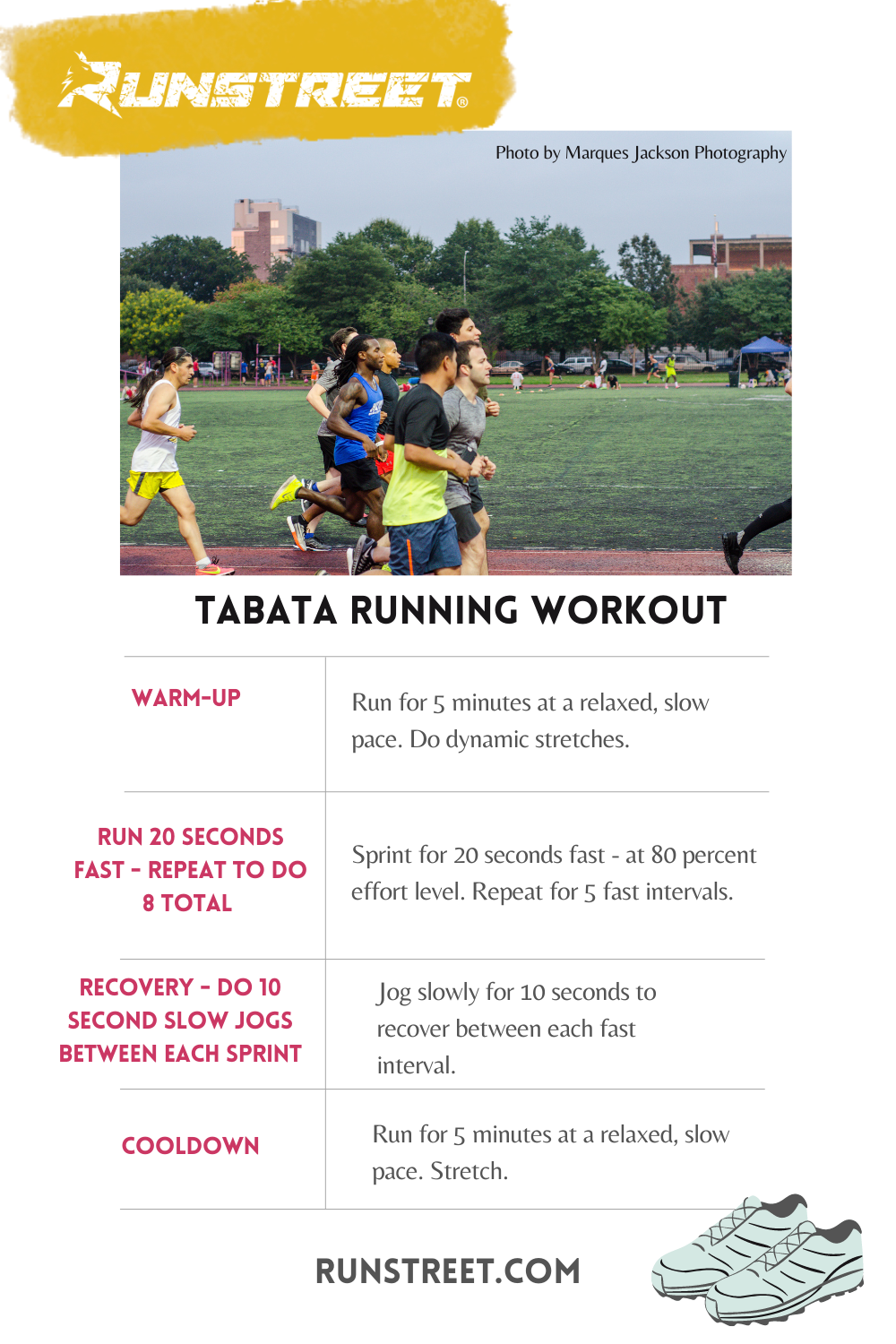Turbocharge Your Runs: Unlock Your Potential with Strategic Running Workouts
The Ultimate Guide to Dealing With Pain When Running
Whether you are a skilled marathoner or simply beginning your running journey, comprehending the different kinds of discomfort that can emerge and the approaches to resolve them is vital. From pre-run workout routines to correct shoes choice, there are numerous variables to take into consideration when it comes to dealing with pain while running.

Recognizing Different Kinds Of Running Discomfort
When running, it is necessary to differentiate between various sorts of pain to avoid injuries and maximize efficiency (Read More). One typical sort of pain that joggers might experience is muscle mass discomfort, which usually occurs from the tension placed on muscles during workout. This kind of pain is often a regular component of the running process and can be managed via correct warm-up, cool-down, and stretching regimens
An additional kind of pain to be familiar with is joint discomfort. Joint pain can suggest concerns such as overuse, improper type, or underlying problems like arthritis. Neglecting joint pain can lead to a lot more extreme injuries, so it is important to resolve any discomfort without delay and possibly seek expert suggestions.
Additionally, sharp or stabbing pains must not be overlooked. These kinds of pain can indicate intense injuries such as pressures, sprains, or tension fractures - running strategy. Remaining to run via these kinds of pain can intensify the injury and extend recuperation time

Pre-Run Warm-Up and Stretching Regular
To prepare the body for a running session, implementing an efficient pre-run warm-up and stretching regular is necessary. A correct warm-up assists increase blood flow to the muscular tissues, improves adaptability, and reduces the risk of injury throughout the run. By integrating a constant pre-run workout and extending regular into your running routine, you can enhance efficiency and lessen the danger of discomfort or injury.
Correct Footwear Selection and Fit
Picking appropriate shoes that fits well is essential for joggers to stop discomfort and minimize the threat of injuries. Ill-fitting shoes can cause sores, black toenails, shin splints, and various other painful problems that can hinder performance and sideline training. When selecting operating shoes, it is necessary to think about aspects such as foot type, running stride, arch support, padding, and footwear dimension. running workout. Checking out a specialized running shop for a gait evaluation and specialist installation can help make sure that you select the right footwear for your individual demands. Running footwear should supply ample assistance and stability while additionally being comfy and light-weight. In addition, it is recommended to replace your running shoes every 300-500 miles to maintain correct padding and support. Purchasing high-quality shoes that is suitable for your running design and foot anatomy is an aggressive step in the direction of avoiding pain and injuries throughout your runs.
Nourishment and Hydration Tips for Discomfort Avoidance

Hydration is just as vital for runners to stay clear of pains, dehydration, and other discomforts that can cause pain throughout running. It is suggested to drink an appropriate amount of water throughout the day and particularly read this article before, during, and after running sessions. Electrolyte-rich drinks or sports drinks can likewise be valuable for replenishing lost minerals and preserving appropriate liquid equilibrium. running strategy (Read More). By prioritizing nourishment and hydration, joggers can improve their efficiency, lessen discomfort, and appreciate a more comfy running experience.
Post-Run Healing Techniques to Reduce Pain
Applying reliable recovery strategies is essential for easing discomfort and promoting muscular tissue recuperation after running sessions. One key post-run healing technique is stretching. Integrating fixed stretches for major muscle groups can assist lower muscle stress and soreness. Foam rolling is another useful method to release muscle tightness and boost blood flow to the muscle mass, assisting in quicker healing. Additionally, topping aching areas for 15-20 mins can aid lower swelling and numb discomfort post-run.
Consuming a well balanced treat or meal that includes protein and carbs within 30 mins of completing a run can aid fix muscle tissue and restore power stores. By integrating these post-run healing methods into your regimen, you can effectively take care of discomfort and optimize your running efficiency.
Final Thought
To conclude, attending to various kinds of running discomfort through appropriate warm-up, stretching, footwear selection, nourishment, hydration, and post-run recuperation methods is vital for pain avoidance and administration. By comprehending the root causes of discomfort and executing these strategies, runners can decrease pain and prospective injuries. It is essential to prioritize general physical health and wellness and wellness to ensure a successful and satisfying running experience.